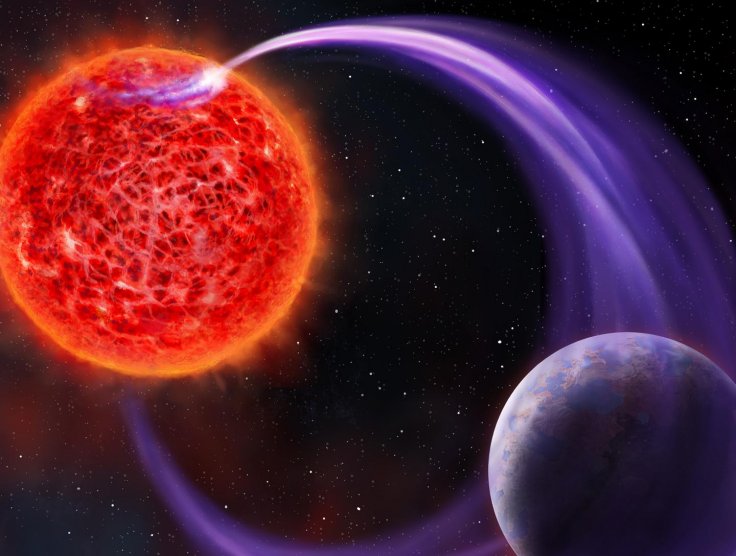
Considering the vastness of the universe, space experts strongly believe in the existence of alien life in exoplanets which have the right orbital conditions to host life, as we know it. Recently, an international team of researchers led by Professor Carole Haswell and Dr John Barnes discovered a system of so-called super-Earth planets, orbiting Gliese 887, a star located 11 light-years away.
Gliese 887 And Twin Planets
Gliese 887 is a bright red dwarf star, and is about half the size of the sun in the solar system. However, when compared to the sun, Gliese 887 is much dimmer. During the study, researchers used the High Accuracy Radial Velocity Planet Searcher (HARPS), and located two planets named Gliese 887b and Gliese 887c that orbit the dwarf star. The new discovery also hinted at the fact that red dwarf stars typically harbor more than one planet.
Carole Haswell, who headed the research revealed that more such discoveries will happen in the future, and humans will discover many exoplanets that are earth-like.
"As a child in the 1960s, one of my favorite TV series was Star Trek. It really makes me grin that the more we find out about our local Galactic neighborhood, the more the Galaxy seems to resemble the one in Star Trek. It seems that stars generally host systems of planets. As we find out more, it is beginning to seem like only a matter of time before we find planets that are truly Earth-like," said Haswell, who is the head of Astronomy at the Open University, Express.co.uk reports.
Possibilities of Finding Alien Life
Gliese 887b and Gliese 887c orbit the host star every 9.3 days and 21.8 days respectively. As the star is much dimmer than the sun, experts believe that Gliese 887c, with an orbit of 21.8 days will have an estimated temperature of 70 degrees Celsius, a little higher than earth.
As planets like Gliese 887b and Gliese 887c has an ideal temperature to hold liquid water, experts believe that these space bodies could host alien life, and will be the prime target for James Webb Telescope which will be launched in 2021.









